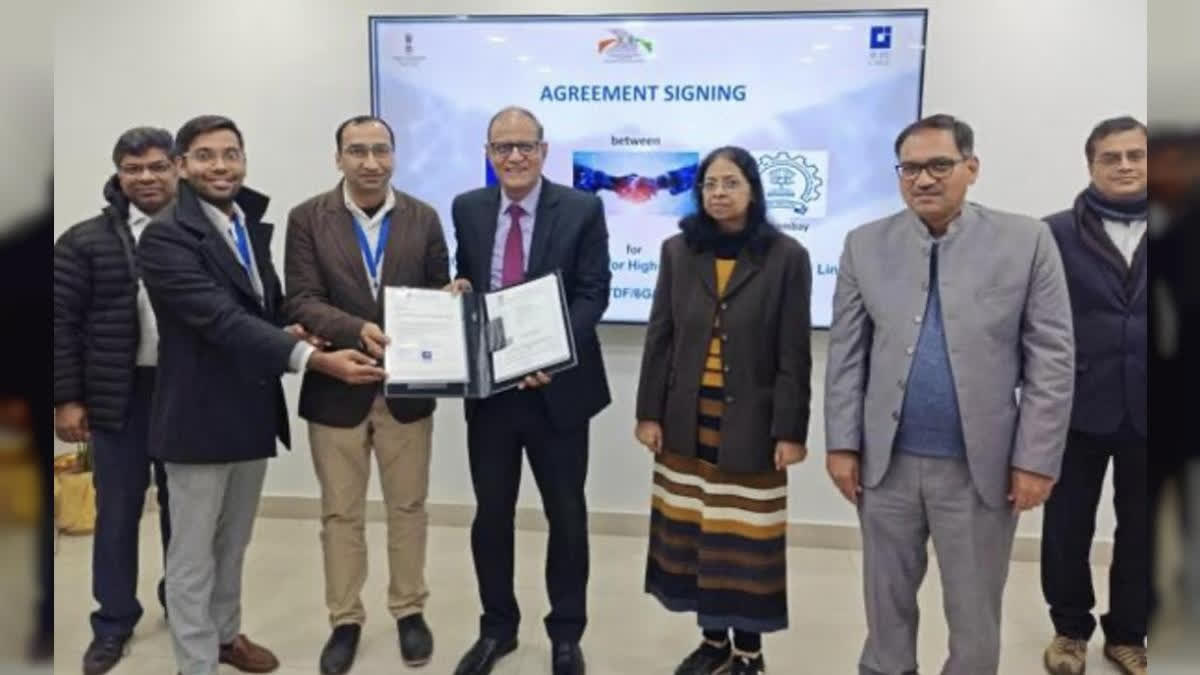New Delhi: In a significant step towards advancing next-generation telecommunications technology, the Centre for Development of Telematics (C-DOT), the premier telecom R&D centre under the Department of Telecommunications (DoT), Government of India, has signed an agreement with the Indian Institute of Technology, Bombay (IIT Bombay).
The collaboration focuses on the development of an "Optical Transceiver Chipset for High-Bandwidth 6G Wireless Links" under the Telecom Technology Development Fund (TTDF) 6G Call for Proposal initiative.
This initiative, spearheaded by the DoT, aims to accelerate research on the 6G ecosystem, positioning India as a global leader in the design, development, and deployment of 6G technology by 2030. The project is aligned with the principles of affordability, sustainability, and ubiquity, ensuring that cutting-edge communication solutions are accessible to all, officials said.
The proposed chipset will enable high-bandwidth free-space coherent optical links, a critical technology for 6G applications. These links are expected to revolutionise last-mile connectivity, particularly in rural and remote areas where laying optical fibre infrastructure is challenging. The project also aims to provide uninterrupted high-speed communication through satellite links, bridging the digital divide and enhancing connectivity in the most inaccessible terrains, they added.
The agreement was signed during a ceremony attended by key stakeholders, including Dr. Rajkumar Upadhyay, CEO of C-DOT, Prof. Shalabh Gupta, Principal Investigator from IIT Bombay, and C-DOT Directors Dr. Pankaj Kumar Dalela and Shikha Srivastava.
Upadhyay highlighted the importance of indigenous technologies in addressing India’s diverse communication needs. He reaffirmed the government’s commitment to 'Atmanirbhar Bharat' and the vision of Bharat 6G, emphasising that locally designed and developed solutions would pave the way for self-reliance in critical technology sectors.
Prof Gupta expressed gratitude to the DoT and C-DOT for fostering collaborative research, stating that the initiative strengthens India’s research capabilities and infrastructure in the telecom domain.



